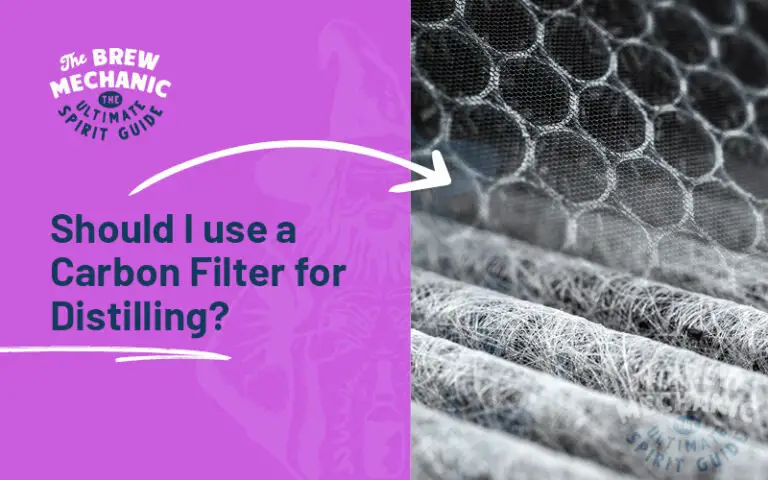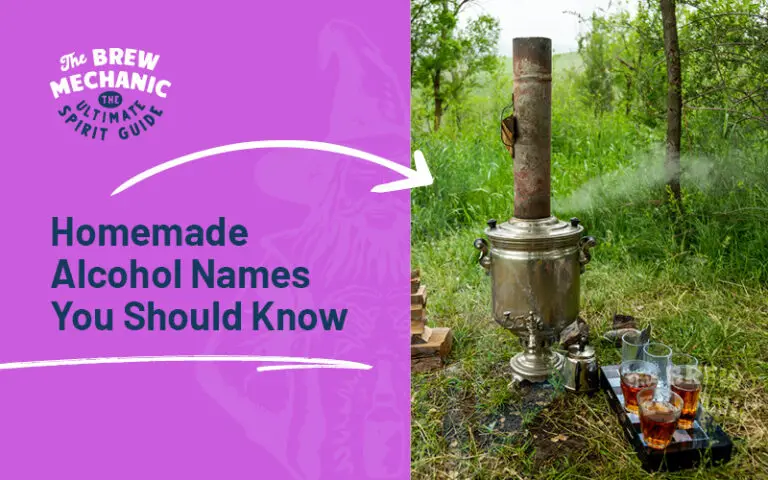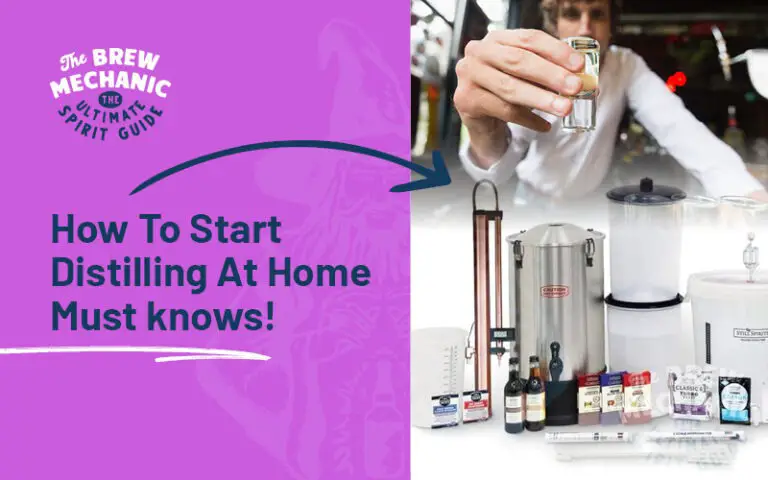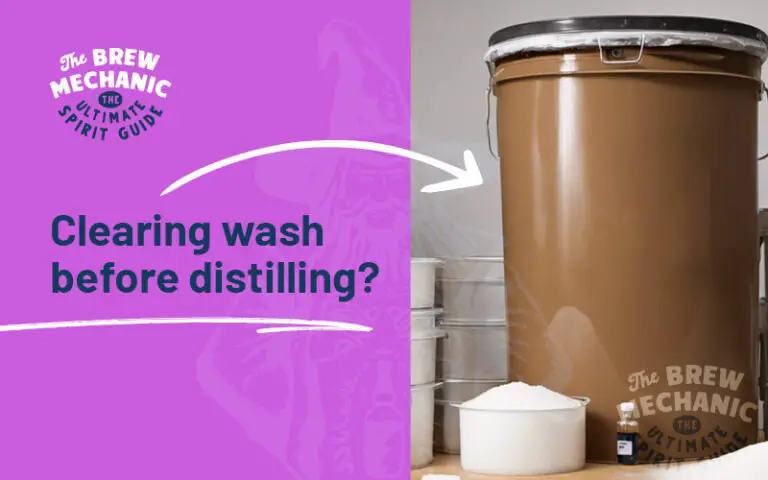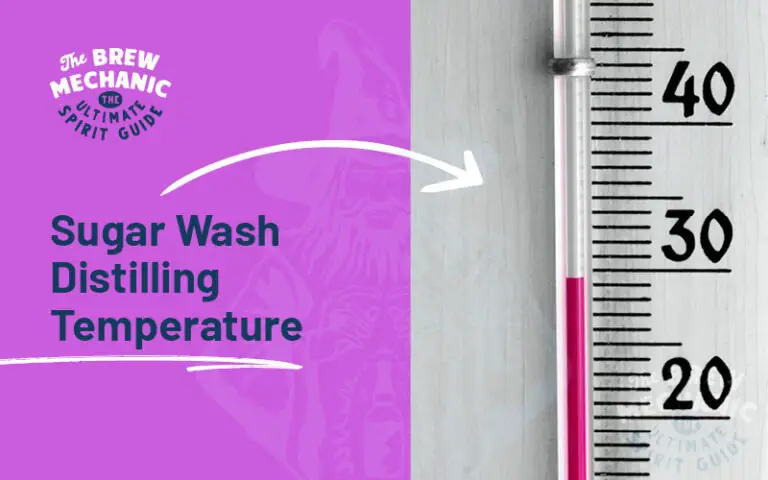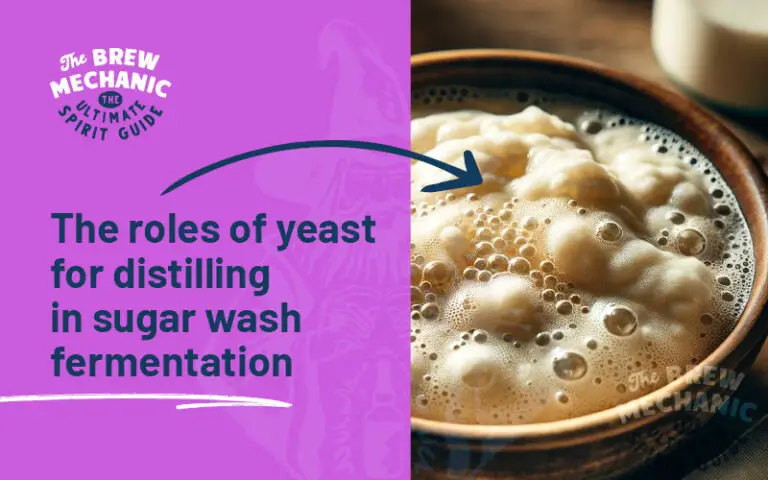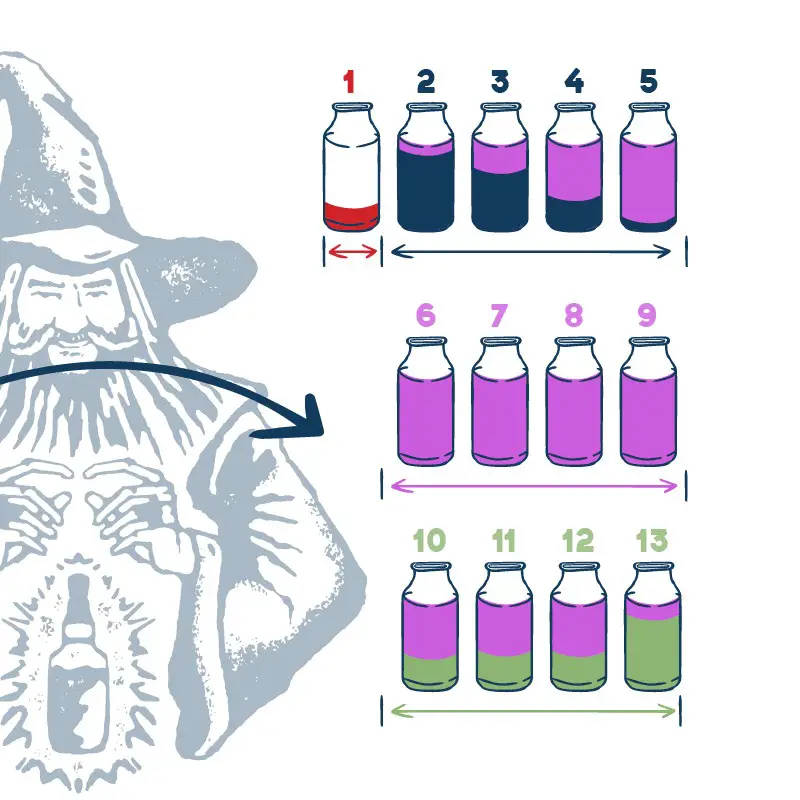Maximising Alcohol Yield: Common Challenges in Distillation
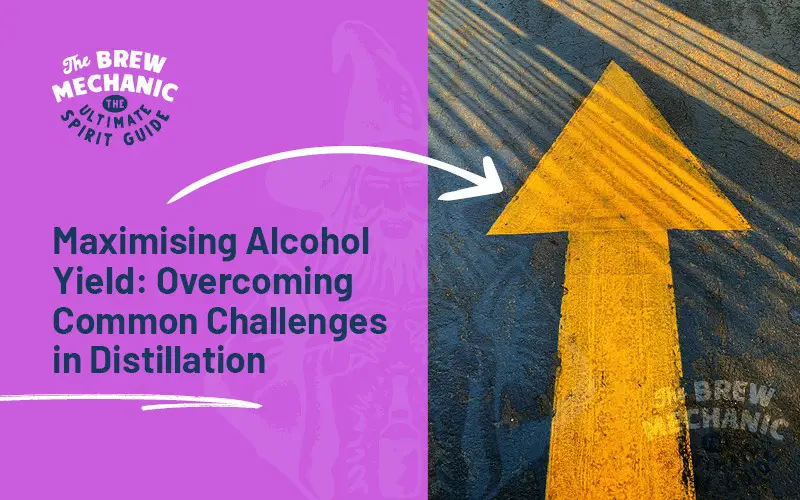
Disclaimer: This post might include affiliate links, through which I may earn a small commission without any extra cost to you. Additionally, I am an Amazon Associate and earn from eligible purchases. All the products and services I suggest are ones I have personally used or would use. Thank you very much for your support if you decide to buy through any of my links!
Come join the Distilling Squad!
Get the best fundamental tips & tricks here. Woohoo!
We know achieving an optimal alcohol yield is a common goal! BUT there several factors can lead to low yield, a problem many encounter in their fermentation and distillation processes.
This straight-to-the-point guide will explore these challenges and offer solutions to enhance your alcohol yield in the distilling process.
Understanding Alcohol Yield
Alcohol yield refers to the amount of alcohol produced from a given amount of fermentable sugars during the fermentation process. This forecasts your desired potency and flavour in the final product (distillate).
Let’s jump into the common problems and their solutions.
Common Problems and Solutions
1. Inadequate Original Gravity (OG):
2. Neglecting Potential Alcohol Yield Calculation
3. Yeast Limitations during the ferment
4. Inefficient Distillation Cuts
5. Incomplete Fermentation
6. Exothermic Reaction Control
7. Operational Errors in Distilling
8. Nutrient and DAP Imbalance
9. Temperature Fluctuations
From sugar, and yeast to ethanol: Here are important notes
Know the alcohol yield to get as much alcohol as possible!
Simply by understanding and addressing the common problems outlined above, you can significantly enhance your alcohol yield.
Each step in the fermentation and distilling process plays an important role in distilling alcohol. Whether you’re a newbie or a professional distiller who deals with mash, these insights will help you refine your process. We hope you can achieve the desired alcohol yield in your endeavours.
Now go make your brandy, whiskey, rum, and vodka to your heart’s desire!
Last Updated on Feb 01, 2024 by The Brew Mechanic
Disclosure: I may receive affiliate compensation for some of the links below at no cost to you if you decide to purchase a product or service. You can read our affiliate disclosure in our privacy policy. The information provided is for entertainment only.

With 35 years of knowledge of being a chemical engineer in alcohol manufacturing plants, my mission is to teach the next generation of home distilling alcohol brewers at a supernatural speed.
My reviews are based on real-life experiences with reflux stills, sugar wash, troubleshooting and mystical chemical reactions.

